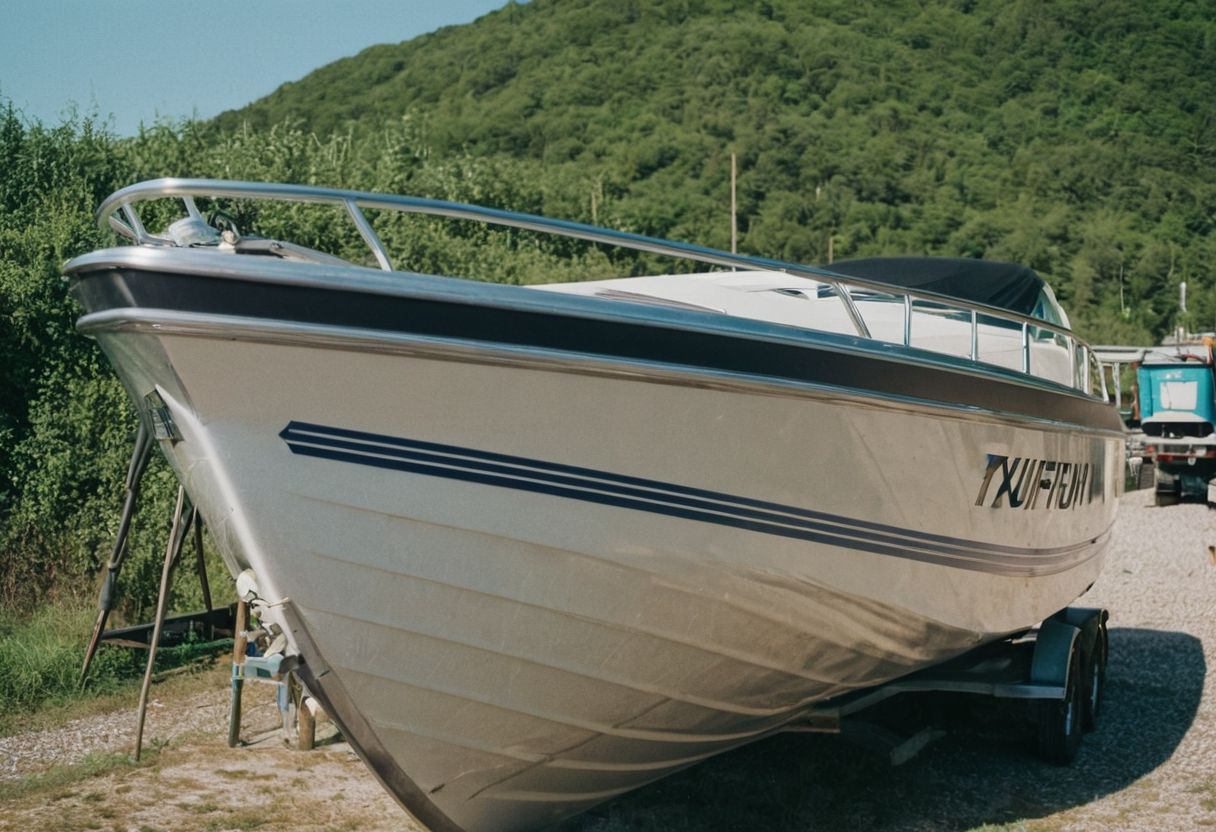Quick Tips for Aluminum Boat Maintenance
Aluminum Boat Maintenance is key to ensuring the longevity and performance of aluminum boats, from aluminum bass boats to aluminum canoes. Regular cleaning with aluminum cleaning products, preventing galvanic corrosion with sacrificial anodes, and proper storage on dry land or with a boat cover are essential. Addressing signs of damage like dents or corrosion early saves repair costs—seek pros via Aluminum Boat Service & Repair for complex tasks.
[BUTTON: Find Aluminum Boat Maintenance Services Near You]
Why Aluminum Boat Maintenance Matters
Owning aluminum boats offers advantages like ease of maintenance and durability, thanks to marine-grade aluminum alloys (e.g., 5052, 5083). Unlike fiberglass, raw aluminum resists corrosion naturally, but the marine environment—salt water, brackish water, or shallow waters—can still challenge its corrosion resistance. This guide breaks down Aluminum Boat Maintenance into a simple routine, ensuring your aluminum jet boat or pontoon boats shine like new while avoiding catastrophic damage.you through all the steps for maintaining your aluminum boat, breaking it down into an easy, hassle-free process.
Aluminum Boat Dent Repair: Budgeting for Upkeep and Maintenance
Aluminum Jon Boat: A Buyer’s Guide to Choosing the Right One
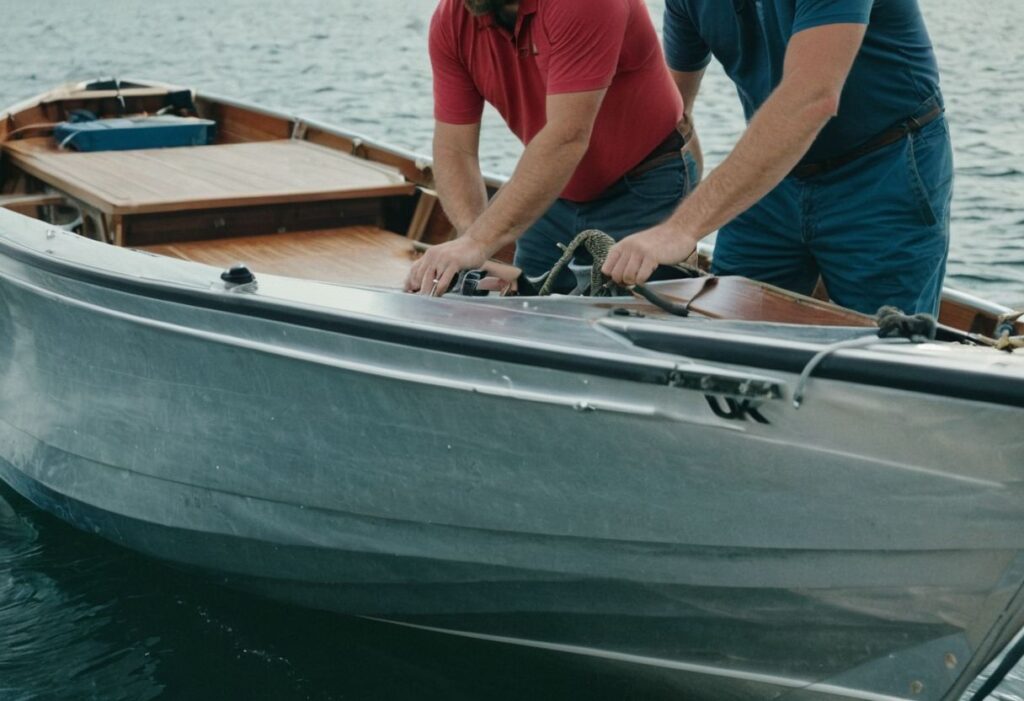
Cleaning Your Aluminum Boat
Exterior Cleaning Basics
Start Aluminum Boat Maintenance with regular cleaning to keep the aluminum hull and aluminum side steps spotless. Rinse with fresh water or a bucket of water to remove salt, cedar water stains, or marine growth—especially after water sports in hot water. Use boat soap (e.g., biodegradable soap or wash soap) and a soft brush—never steel wool—to scrub the hull, avoiding damage to the corrosion-resistant urethane finish. Dry with a microfiber cloth to prevent water spots, maintaining the aluminum bottom shiny.
Using Aluminum Cleaning Products
For a deeper clean, apply an aluminum cleaner or aluminum brightener like XPS Aluminum Cleaner from Boat Detailing Cleaning. These products tackle corrosion with sandpaper-like gentleness, not elbow grease, preserving the protective layer—ideal for aluminum boat hulls or anodized aluminum.
Interior Cleaning Tips
Inside, vacuum dirt from storage compartments and wipe upholstery with warm water and dish soap solution. For aluminum fuel tanks or engine cowl, use a dedicated aluminum boat cleaner to maintain ideal conditions, avoiding corrosion rate increases from marine growth.
Aluminum Boat Hull Repair: Unraveling the Costs
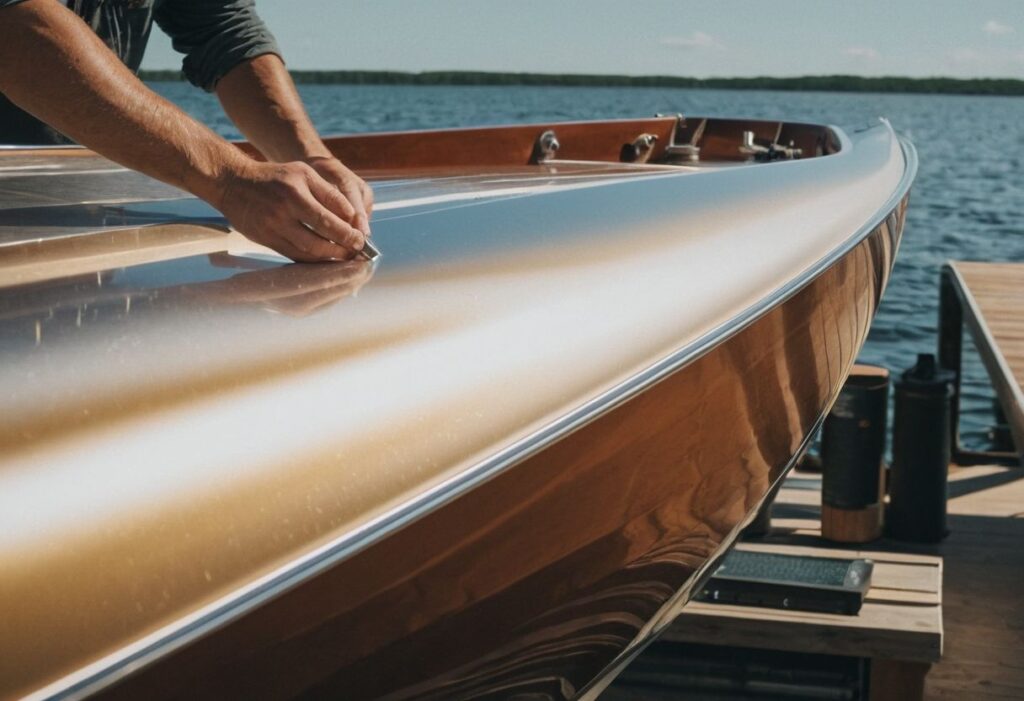
Preventing Corrosion in Aluminum Boat Maintenance
Key Corrosion Prevention Strategies
Corrosion, like galvanic corrosion in salt water, threatens Aluminum Boat Maintenance. Install Aluminum Sacrificial Anodes on the hull—replace them when half-gone to protect aluminum alloy surfaces. Electrically bond all metal parts (engine, hardware) to reduce corrosion inhibitor needs, and insulate junctions with bushings to block metal contact—vital for aluminum fishing boats in shallow waters.
Protective Coatings for Longevity
Apply a protective coating or Alodine Coating Chemical for Aluminum from Boat Compound and Wax to shield painted surfaces or raw aluminum. This barrier against saltwater doubles as an aluminum polish, enhancing the aluminum shiny look and extending shelf life—unlike Aurora Products Safe, which may need Pontoon Calculator guidance.
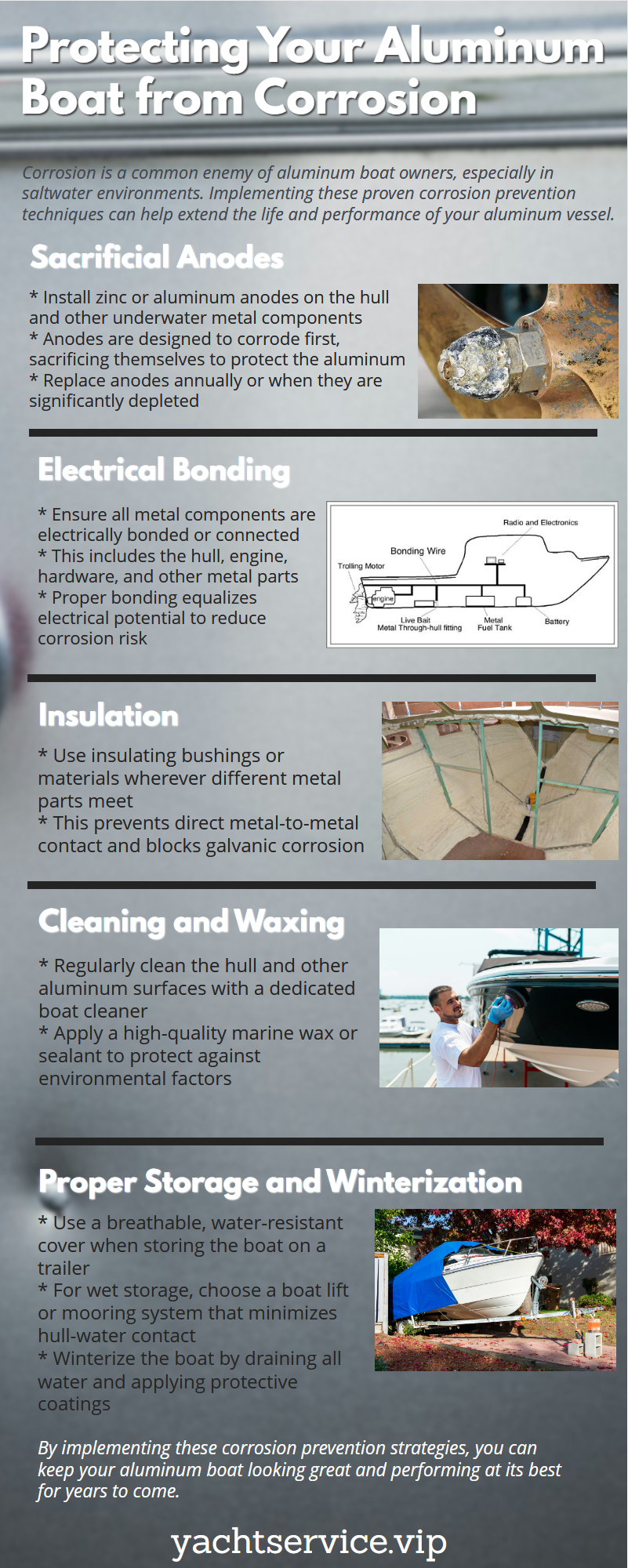
Storing and Winterizing Your Aluminum Boat
Proper Storage Practices
For Aluminum Boat Maintenance, store your aluminum vessel on a trailer with cushioned bunks or lift your pontoon boat off water using Boat Storage Florida. A boat cover protects against environmental damage, keeping the boat dry and reducing fuel consumption from hull drag.
Winterizing Essentials
In cold climates, winterize by draining water (hot water, brackish water) from systems—use corrosion inhibitors like Phosphoric acid or Hydrofluoric acid solutions if needed. Apply coats to aluminum boats with wax for a protective layer, storing batteries separately to avoid corrosion with sandpaper repairs.
Routine Aluminum Boat Maintenance Tasks
Engine and Hardware Checks
Aluminum Boat Maintenance includes engine maintenance tools for oil changes and checking aluminum wheels or fittings for abrasion damage. Routine maintenance with Boat Engine Repair Miami ensures enjoyable water experiences without engine stress.
Professional Inspections
Annual checks by pros from Marine Engine Rebuilders Florida spot aluminum boat cleaning cascade issues—e.g., aluminum over fiberglass corrosion—saving on repair costs and maintaining product coverage.
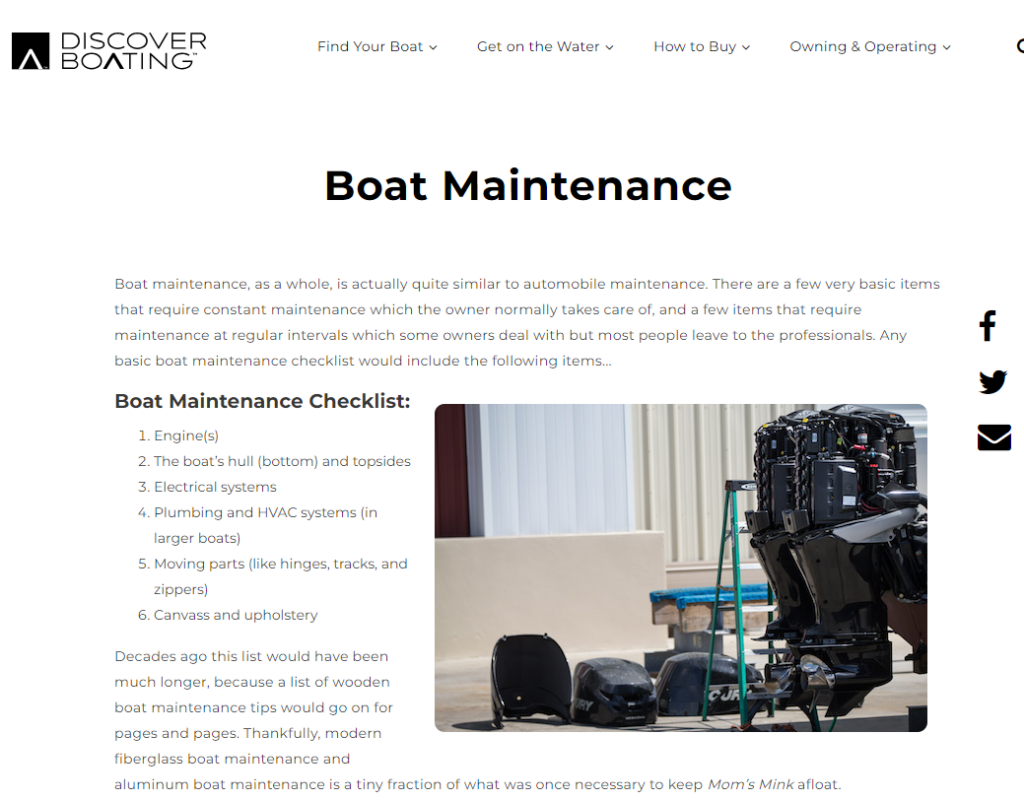
Conclusion
Aluminum Boat Maintenance is straightforward with the right maintenance tips—regular cleaning with aluminum boat cleaning tips, corrosion prevention via aluminum cleaner, and proper storage keep your beloved aluminum boat in excellent condition season after season. Whether it’s aluminum boat care for bass boats or jet boats, this guide ensures durability in the marine environment, making Aluminum Boat Maintenance a breeze with minimal elbow grease.
[BUTTON: Explore Aluminum Boat Maintenance Services]
Visit Boat Service Florida.

